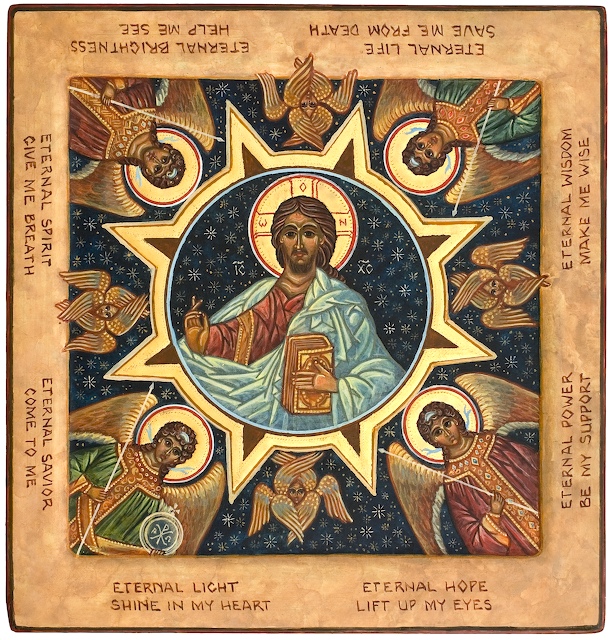We may consider Ember Days as one of those practices which the Church took from the Synagogue; for the prophet Zacharias speaks of the fasts of the 4th, 5th, 7th and 10th months (Zach. VIII:19). Its introduction into the Christian Church would seem to have been made in the apostolic times. The intentions, which the Church has in the fast of the Ember days, are the same as those of the Synagogue; namely, to consecrate to God by penance the four seasons of the year. The Ember days of Advent are known, in ecclesiastical antiquity, as the fast of the 10th month; and St. Leo, in one of his sermons on this fast, of which the Church has inserted a passage in the second nocturne of the third Sunday of Advent, tells us that a special fast was fixed for this time of the year, because the fruits of the earth had then all been gathered in, and that it behoved Christians to testify their gratitude to God by a sacrifice of abstinence, thus rendering themselves more worthy to approach to God, the more they were detached from the love of created things. “For fasting,” adds the holy doctor, “has ever been the nourishment of virtue. Abstinence is the source of chaste thoughts, of wise resolutions, and of salutary counsel. By voluntary mortifications, the flesh dies to its concupiscences, and the spirit is renewed in virtue. But since fasting alone is not sufficient whereby to secure the soul’s salvation, let us add to it works of mercy towards the poor. Let us make that which we retrench from indulgence, serve unto the exercise of virtue. Let the abstinence of him that fasts, become the meal of the poor man.” Let us, the children of the Church, practice what is in our power of these admonitions; and since the actual discipline of Advent is so very mild, let us be so much the more fervent in fulfilling the precepts of the fast of the Ember days.
Liturgical Year, Vol. 1, From pgs. 218-220
